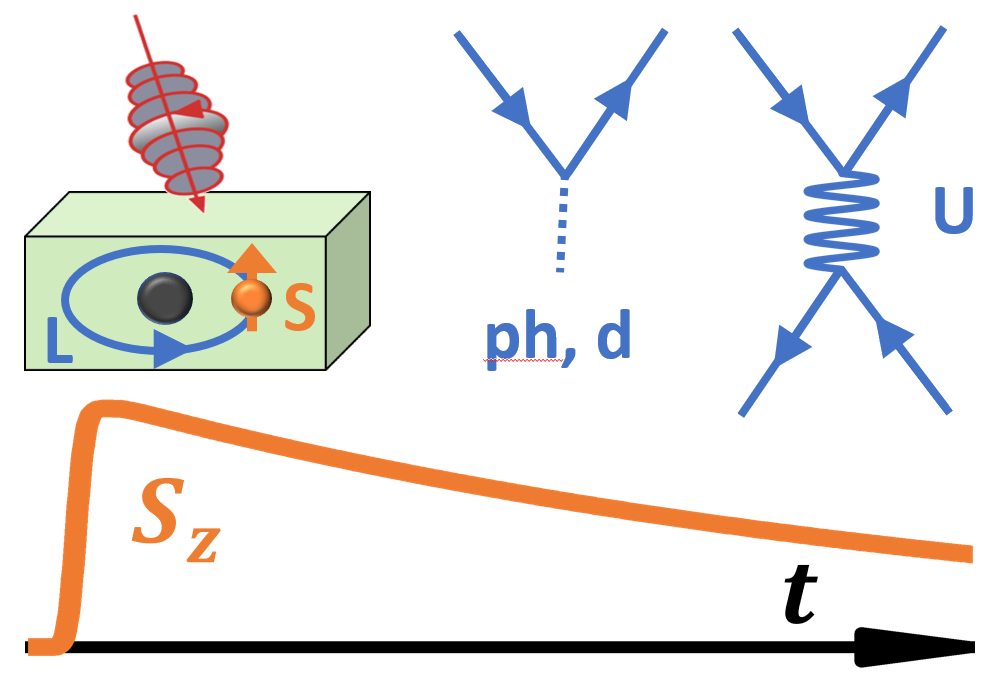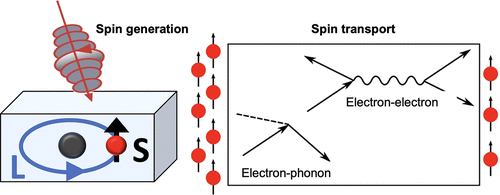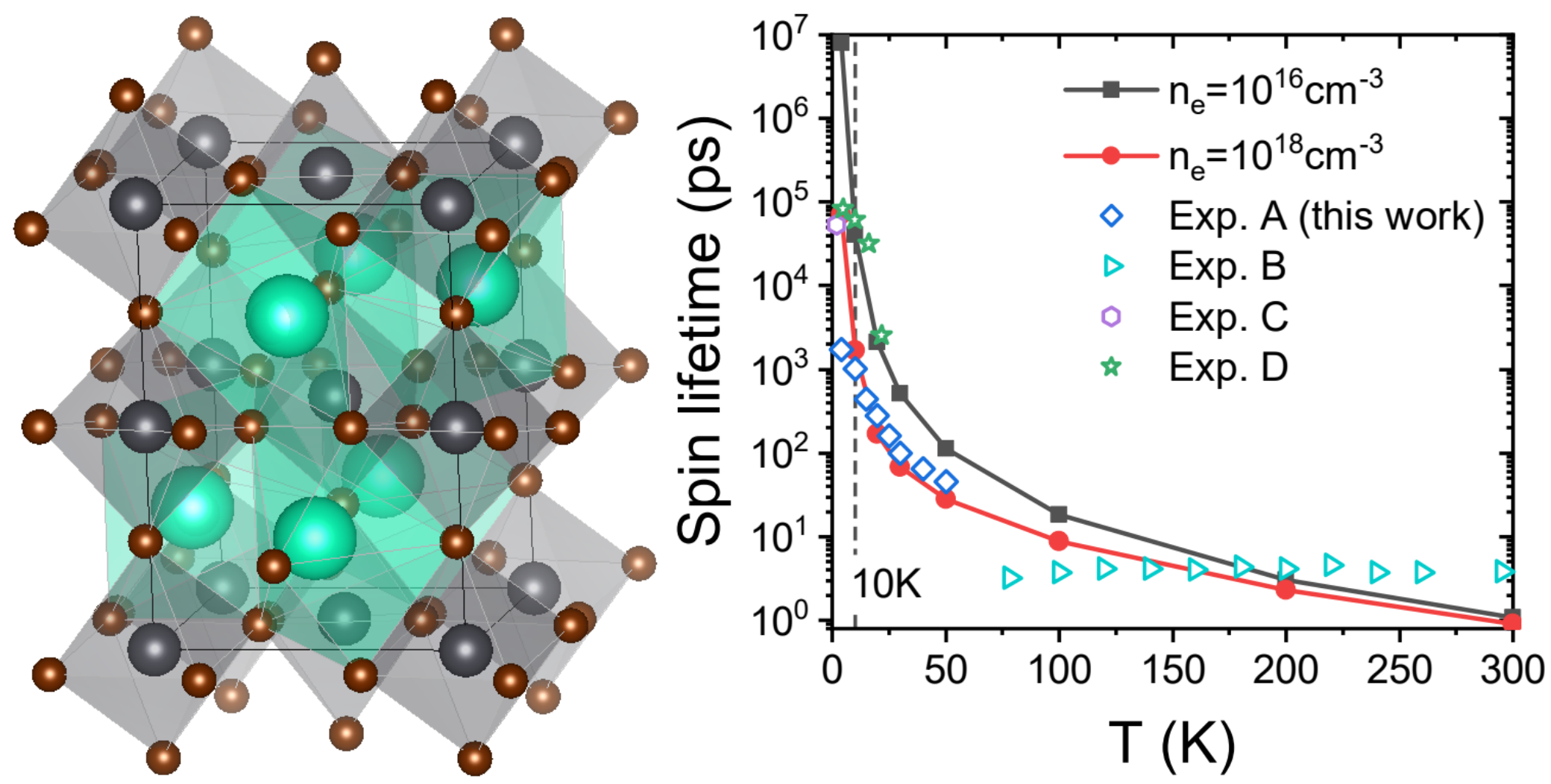Congratulations to Junqing Xu and Prof. Yuan Ping in collaboration with Adela Habib and Prof. Ravishankar Sundararaman for their work on “Ab initio ultrafast spin dynamics in solids”, published in Physical Review B! Link to the published article.
This work was also selected as Featured in Physics and Editors’ Suggestion in APS Physical Reviews, and UCSC News Center.
A Universal Model of Spin Relaxation
Abstract: Spin relaxation and decoherence is at the heart of spintronics and spin-based quantum information science. Currently, theoretical approaches that can accurately predict spin relaxation of general solids including necessary scattering pathways and are capable of nanosecond to millisecond simulation time are urgently needed. We present a first-principles real-time density-matrix approach based on Lindblad dynamics to simulate ultrafast spin dynamics for general solid-state systems. Through the complete first-principles descriptions of pump, probe, and scattering processes including electron-phonon, electron-impurity, and electron-electron scatterings with self-consistent electronic spin-orbit couplings, our method can directly simulate the ultrafast pump-probe measurements for coupled spin and electron dynamics over nanoseconds at any temperatures and doping levels. We first apply this method to a prototypical system GaAs and obtain excellent agreement with experiments. We found that the relative contributions of different scattering mechanisms and phonon modes differ considerably between spin and carrier relaxation processes. In sharp contrast to previous work based on model Hamiltonians, we point out that the electron-electron scattering is negligible at room temperature but becomes dominant at low temperatures for spin relaxation in n-type GaAs. We further examine ultrafast dynamics in novel spin-valleytronic materials: monolayer and bilayer WSe2 with realistic defects. We find that spin relaxation is highly sensitive to local symmetry and chemical bonds around defects. For the bilayer WSe2, we identify the scattering pathways in ultrafast dynamics and determine relevant dynamical properties, essential to its utilization of unique spin-valley-layer locking effects. Our work provides a predictive computational platform for spin dynamics in solids, which has potential for designing new materials ideal for spintronics and quantum information technology.





